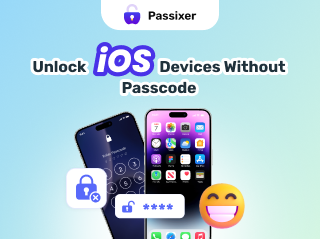Updated on 2024-07-26
5min read
Restoring your iPad to factory settings directly on the device requires your screen passcode. However, there may be times when you can’t provide this passcode. For example, if you rarely use your screen passcode and primarily rely on Face ID, you might forget your passcode. Alternatively, you might not remember a new or recently changed passcode. In such cases, if you need to factory reset your iPad without the passcode, this article can help you. Read on to learn!
Can I Reset My Locked iPad Without Passcode?
Sure, you can!
It’s possible to reset your locked iPad without entering the corresponding passcode. Thanks to the recent advancement in technology which allows the use of third-party iOS unlockers like Passixer to tackle security challenges on iDevices.
Also, we have the use of Apple facilities such as Find My, and iCloud to reset your iPad when you don’t have or know the passcode. Furthermore, you can leverage the Erase iPad function tucked into the latest iPadOS.
All of the aforementioned techniques will be demonstrated in the next section of this post. Without further ado, let’s delve in.
How to Factory Reset iPad Without Passcode or Computer
You can always return your iPad to factory mode without computer or passcode using any of the 2 solutions here. Check and apply any of the procedures shared below:
Way 1. Erase iPad via iOS Inbuilt Feature
Since lost or forgotten passcode is a common occurrence, Apple has decided to integrate a simple unlock feature to help end-users reclaim access to their device. This feature, popularly known as the Erase iPad option, is designed to help wipe an iOS system directly from the lock screen.
You can capitalize on the Erase iPad feature to reset your iPad and return it to factory settings. For you to use this solution, it’s best you know the Apple ID details (email and password) associated with the device, as you will be required to provide them for you to successfully reset your iPad.
If this aforementioned condition is met, you can follow the procedure below:
Step 1: Type the wrong passcode multiple times on your iPad until you see the Erase iPad feature at the bottom right corner of your screen. Then, tap Erase iPad.
Step 2: Your iPad will lead you to a screen showing the consequences of using this tapped feature. If you don’t mind, click Erase iPad again.
Step 3: Now you will be directed to an interface requesting you to provide the password to the Apple ID connected to the iPad. Enter the authentic password and wait patiently for your device to reset.
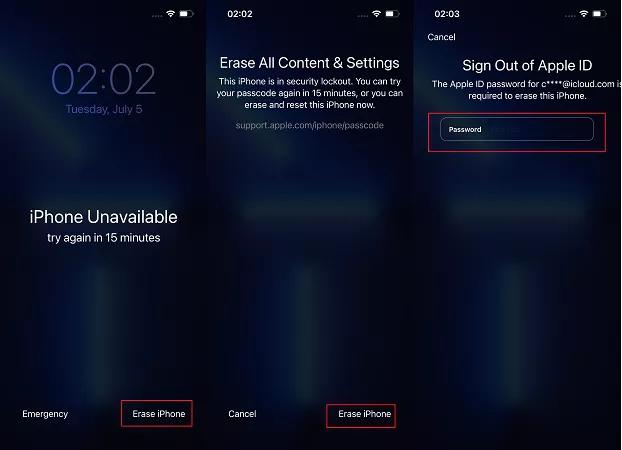
Way 2. Erase iPad with Find My App
Find My App is one of the preinstalled programs available on Apple devices, including iPads, to help track the whereabouts in a situation where it goes missing. This app also plays a significant role in system resetting. With Find My, you can wipe your iPad remotely without hassles. This operation is usually performed using another Apple smart device. Here’s a simple illustrative guide to follow:
Step 1: Sign in with your Apple ID on another iDevice. Ensure the details match what you have on the iPad you want to reset. Once done, launch the Find My App on the device.
Step 2: Locate and tap the Devices icon at the bottom panel and select the icon for your iPad.
Step 3: Tap on the red Erase This Device button at the bottom of the page. This will wipe your device immediately.
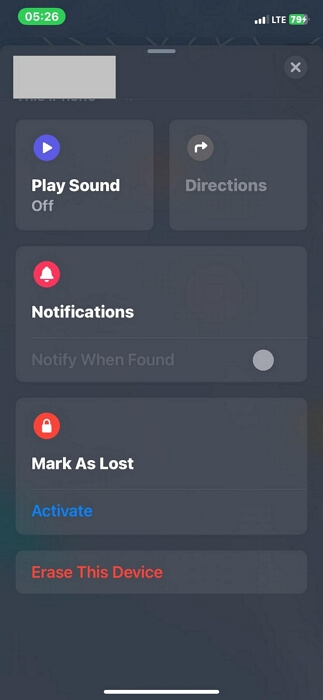
How to Factory Reset iPad Without Passcode or iTunes
Fail to reset iPad with iTunes because it can’t detect your device or your iPad cannot be put into Recovery Mode? You can reset your device without Passcode or iTunes using the following solutions:
In case you have access to a computer system and you wish to reset your iPad without iTunes or passcode, choose from the solutions below:
Way 1. Use iPhone Unlocker
Passixer is a highly effective iOS unlock solution dedicated to fixing or resolving any security challenges on iDevices. It’s a great option if you are looking to reset your iPad to factory mode.
Passixer can remove the forgotten passcode from your iPad and factory reset your iPadOS device. All data and settings would be wiped from the reset device at last. To ensure the factory reset operation is quick and easy, Passixer offers a simplified interface that users of all levels can understand. Besides, this software boasts the highest iOS unlock success rate.
Fascinating Features of Passixer
- Resets your iPad to default mode in 3 steps.
- Get rid of screen locks, such as 4-6 digits code, Face ID, Touch ID, and alphanumeric keys.
- Suitable for fixing security challenges for iPhones, iPads, and iPods.
- Recover Restriction passcode or Remove Screen Time passcode and thus you can use your iPad or iPhone without feature limitations.
Steps to Factory Reset iPad with Passixer
Step 1: Run the Passixer iPhone unlocker on your PC/Mac and a screen with all the security unlock functions will come up. Tap on the Wipe Passcode icon.
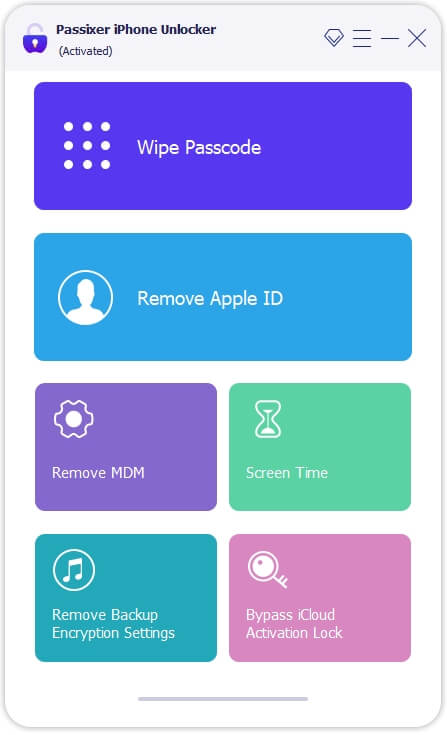
After that, hit the white Start button and connect your locked iPad to the computer via a USB cable.
Step 2: Passixer will scan your iPad and show some of the features like model and OS version will come up. Look through the details shown and click on Start to download the recommended firmware package.
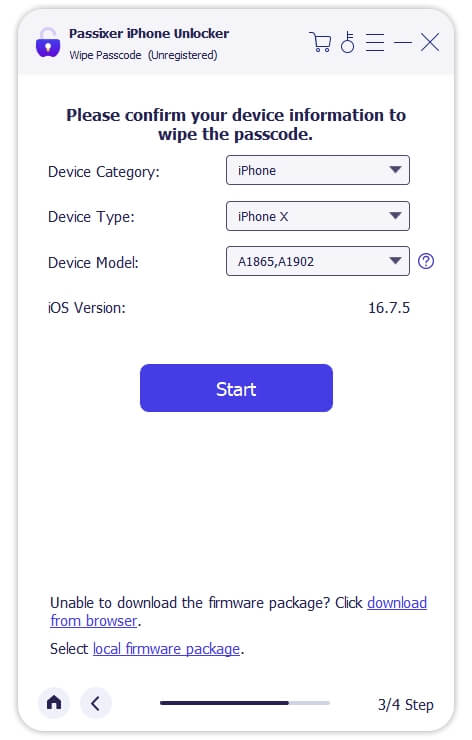
Step 3: Wait for the download to complete, click Next to the screen below:
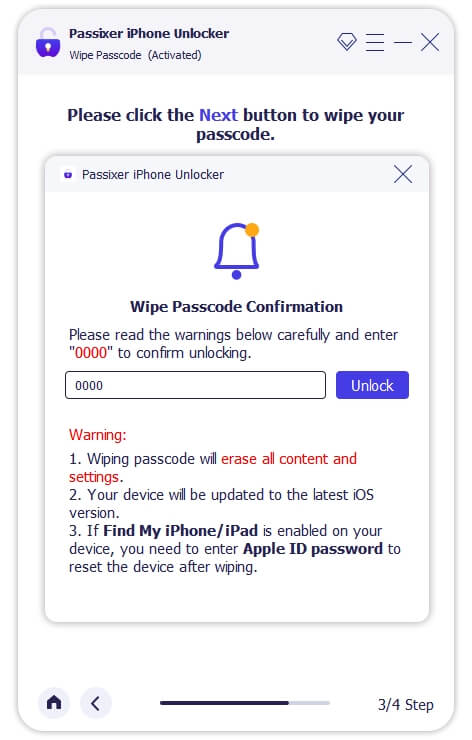
Enter 0000 in the empty field and click on the white Unlock tab to reset your iPad. Without further ado, Passixer will wipe your iPad and give you full control over it immediately.
Way 2. Use iCloud
There’s no passcode or iTunes app required to use this solution. Just ensure that you have your device ready, the Apple ID connected to the iPad, and a stable internet network. Once this is all set, apply the stepwise guide below to factory reset your iPad using iCloud:
Step 1: Launch a browser on any computer or mobile phone and visit iCloud.com. A screen as below will immediately load up:
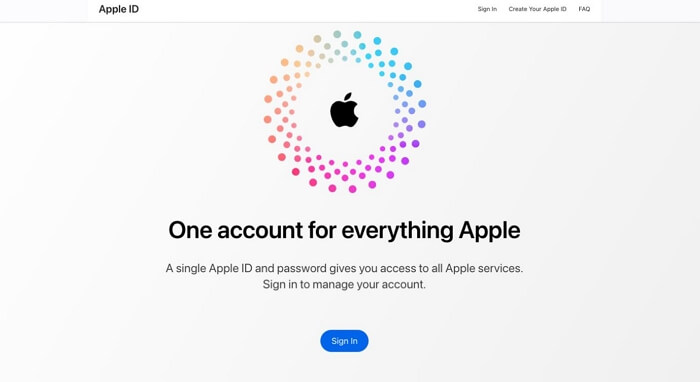
Tap Sign In and provide your Apple ID credentials in the empty fields.
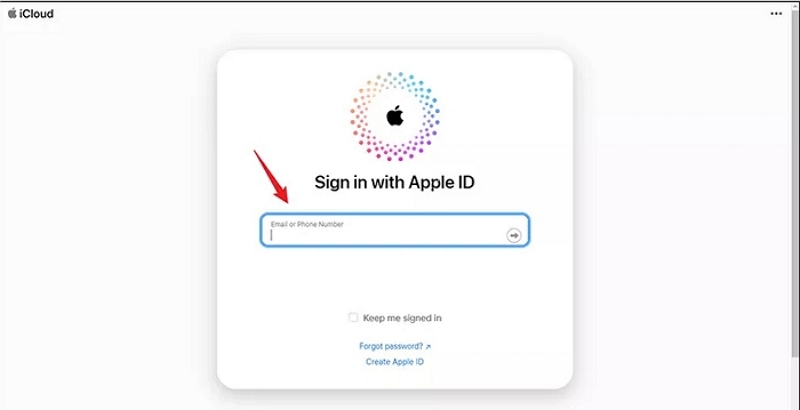
Step 2: For security purposes, a notification will pop up on one of the devices connected to the Apple ID. Tap Allow and enter the 2FA code if necessary.
Step 3: Once done, your iCloud profile will come up. Scroll and click on Find My and a screen with all the devices that use your Apple ID will launch.
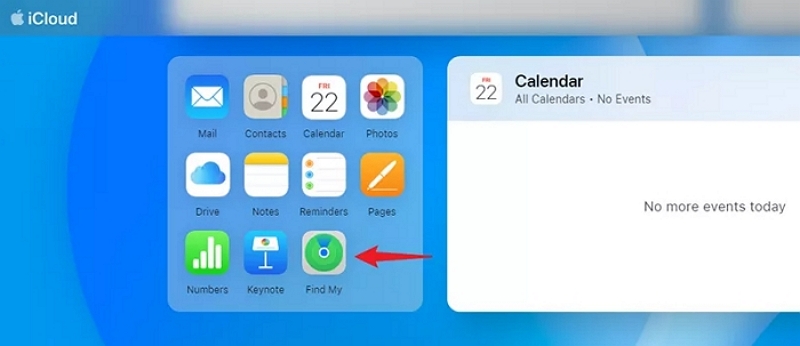
Step 4: Select the iPad from the list and click Erase This Device to wipe it.
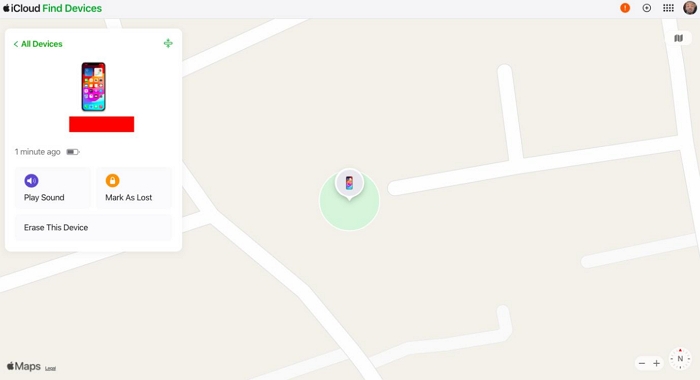
Enter your Apple ID password if necessary and click the corresponding button to erase your iPad in no time.
FAQs
Q1. How to Soft Reset iPad?
Soft reset as the name implies simply involves turning off and on your iPad without losing data. It’s one of the simple troubleshooting steps for fixing system errors and glitches causing your iPad to malfunction.
Here is how to apply a soft reset to restore operations on your iPad:
- Hold down the top button if you own an iPad model with the home button on it. However, if you use a model with no home key, just press the Volume Up button and Lock button simultaneously.
- Next, a screen with the slide to power off button will pop up. Drag the slider to turn off your iPad.
- Wait a while, then use the same keys to restart your iPad.
Q2. How to Hard Reset iPad?
Hard Reset is similar to soft reset as your device is programmed to go off and on.
The procedure to follow for you to achieve this differs for the different iPad models. Below, we have the guide for each model, please check and apply the one that suits your device:
iPad with no Home Button
- Press down the Volume Up button, then release it as fast as you can.
- Proceed to the Volume Down button and do the same.
- Next, press the Side button till you have the Apple logo displayed on your screen.
iPad with Home Button
- Hold the Home button and Power button together at the same time.
- While you are still holding both buttons, your screen will go blank, and after a few seconds, the Apple logo will come up.
Final Words
Resetting your iPad is easy when you have our comprehensive guide at hand. We’ve discussed the top 4 ways to factory reset any iPad model without stress. However, mind you, Passixer offers the safest and most clever way to return your iPad to factory mode without the forgotten passcode.
